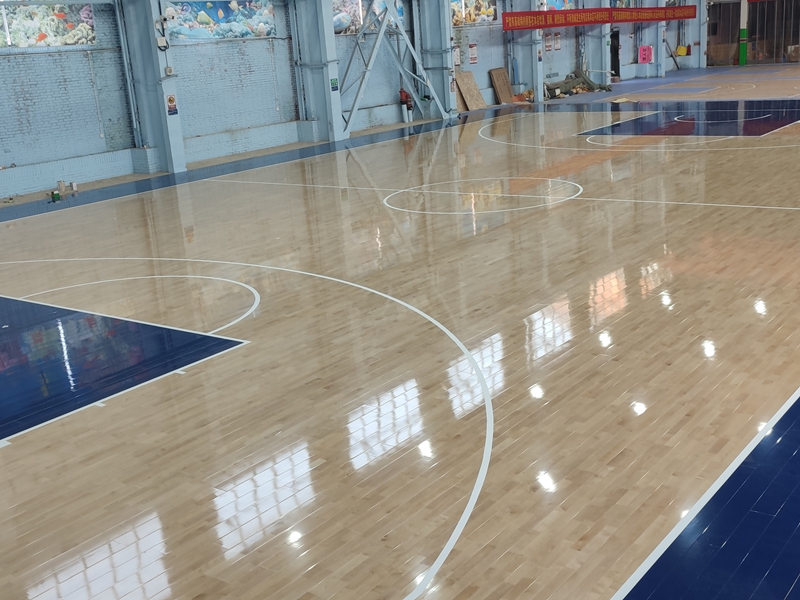Introduction
In an era where environmental sustainability is a growing concern, the choice of flooring for indoor soccer courts has come under scrutiny. Wooden flooring, when sourced and managed responsibly, can be an environmentally friendly option. This article will explore the environmental sustainability of indoor soccer court wooden flooring, including the sourcing of wood, manufacturing processes, and end - of - life considerations.
Sustainable Wood Sourcing
The first step in ensuring the environmental sustainability of indoor soccer court wooden flooring is the sourcing of the wood. Sustainable forestry practices are essential. This involves harvesting wood in a way that allows the forest to regenerate naturally. Forests should be managed to maintain biodiversity, protect soil and water resources, and provide habitat for wildlife.
Certification programs, such as the Forest Stewardship Council (FSC) and the Programme for the Endorsement of Forest Certification (PEFC), play a crucial role in promoting sustainable wood sourcing. These certifications ensure that the wood comes from forests that are managed in an environmentally responsible, socially beneficial, and economically viable manner.
Manufacturing Processes
The manufacturing of indoor soccer court wooden flooring also has an impact on the environment. Energy - efficient production methods should be used to reduce greenhouse gas emissions. For example, some manufacturers have adopted renewable energy sources, such as solar or wind power, to run their factories.
The use of non - toxic adhesives and finishes is another important aspect of sustainable manufacturing. Traditional adhesives and finishes may contain volatile organic compounds (VOCs) that can be harmful to the environment and human health. Low - VOC or zero - VOC products are a more sustainable choice.
End - of - Life Considerations
At the end of its useful life, indoor soccer court wooden flooring can be recycled or repurposed. Wood can be ground up and used as mulch or biomass fuel. It can also be refinished and reused in other applications, such as furniture making or flooring in less - trafficked areas.
Proper disposal of wooden flooring is also important. Landfilling should be avoided as much as possible, as wood in landfills can decompose and release methane, a potent greenhouse gas. Instead, efforts should be made to find alternative uses for the wood or to send it to recycling facilities.
Economic and Social Benefits
In addition to the environmental benefits, sustainable wooden flooring can also have economic and social advantages. Sustainable forestry practices can create jobs in the forestry and wood products industries. They can also support local communities that rely on forests for their livelihoods.
Moreover, using sustainable wooden flooring can enhance the reputation of indoor soccer facilities. Consumers are becoming more environmentally conscious, and choosing sustainable products can attract more customers who value environmental responsibility.
Conclusion
Indoor soccer court wooden flooring can be an environmentally sustainable option when sourced from sustainably managed forests, manufactured using eco - friendly processes, and disposed of responsibly at the end of its life. By making sustainable choices, indoor soccer facilities can contribute to a healthier planet while providing a high - quality playing surface.

Leave a Reply